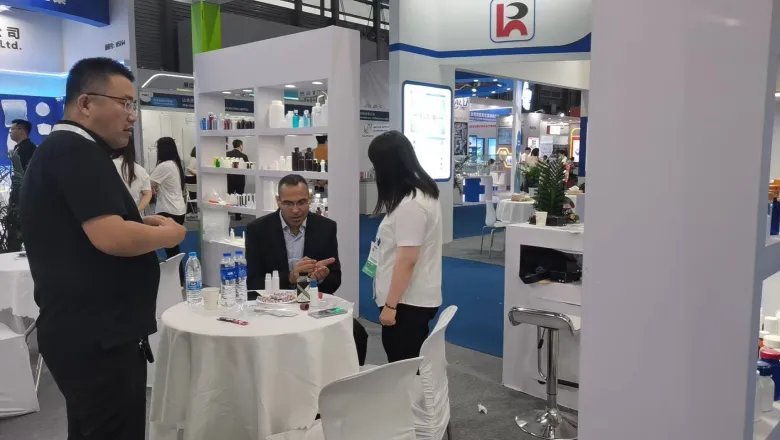disposable petri plates
The Advantages and Advancements of Disposable Petri Plates
In the realm of microbiology, the tools and equipment employed are crucial for successful experimentation and research. Among these, Petri plates hold a significant position as they provide the ideal environment for microbial culture. While traditional glass Petri dishes have been staples in laboratories, the emergence of disposable Petri plates is revolutionizing the field, introducing a range of benefits that streamline processes, enhance safety, and improve overall efficiency.
What are Disposable Petri Plates?
Disposable Petri plates are usually made from polystyrene or other plastic materials, designed for single-use purposes. They come pre-sterilized and are available in various sizes, making them suitable for a multitude of applications. These plates eliminate the need for cleaning and sterilization, presenting a practical solution for many laboratory environments.
Key Advantages
1. Time Efficiency One of the most significant advantages of disposable Petri plates is the time saved in sterilization procedures. Traditional glass plates need to be thoroughly cleaned, dried, and autoclaved after each use, which can be a lengthy and resource-consuming process. Disposable plates can be used straight out of the package, allowing researchers to allocate their time to more critical aspects of their work.
2. Increased Safety Disposable Petri plates contribute to improved safety in the lab. The risk of cross-contamination is notably reduced, as researchers do not need to handle used plates multiple times. Additionally, the use of disposable plates minimizes exposure to potentially hazardous microorganisms and biohazardous materials that may linger on reused glass plates, providing a safer working environment for laboratory personnel.
disposable petri plates

3. Cost-Effectiveness Although some may argue that the cost of disposable plates is higher compared to reusable glass options, the overall savings in labor, time, and the reduced risk of contamination can outweigh the initial expense. Furthermore, the availability of bulk purchasing options can lead to significant cost savings for larger laboratories.
4. Environmental Considerations There is a growing emphasis on sustainability in scientific practices. While traditional disposable plastics raise environmental concerns, advancements in biodegradable and eco-friendly materials for Petri plates are being explored. Many manufacturers are now committed to reducing their environmental footprint, offering products that are both effective and environmentally responsible.
5. Enhanced Versatility Disposable Petri plates have the advantage of being compatible with a wide range of media types. Researchers can easily select and utilize different types of growth media without worrying about the compatibility issues that glass dishes might present. Additionally, the availability of specific plates, such as those with unique coatings or treatments, makes them adaptable for specialized experiments.
Future Developments
As technology advances, the production of disposable Petri plates continues to evolve. Future innovations may include improved materials that offer better clarity, strength, and chemical resistance. There is ongoing research in developing plates that not only enhance microbial growth but also allow for real-time monitoring through built-in sensors. Such advancements promise to make disposable Petri plates an even more integral part of microbiological research.
Conclusion
The rise of disposable Petri plates marks a significant improvement in microbiological techniques and laboratory practices. With their numerous advantages, including time efficiency, increased safety, cost-effectiveness, and versatility, they are shaping the future of scientific research. As laboratories continuously strive for efficiency and innovation, disposable Petri plates are poised to play an essential role in enhancing productivity and ensuring reliable research outcomes, leading to further advancements and discoveries in the field of microbiology.
-
Aesthetic Makeup Spray Bottles | Fine Mist Empty RefillableNewsAug.19,2025
-
White Plastic Veterinary Vaccine Vials | Lab Liquid BottlesNewsAug.18,2025
-
Plastic Medicine Liquid Bottle: Secure Flip Top Drug VialsNewsAug.17,2025
-
Durable 250ml Blue Plastic Vaccine Vial for Lab & Vet UseNewsAug.16,2025
-
Sterile Virus Sample Tubes: Secure & Reliable Specimen CollectionNewsAug.15,2025
-
White 250ml Plastic Vaccine Vial for Lab & Vet MedicineNewsAug.14,2025
























